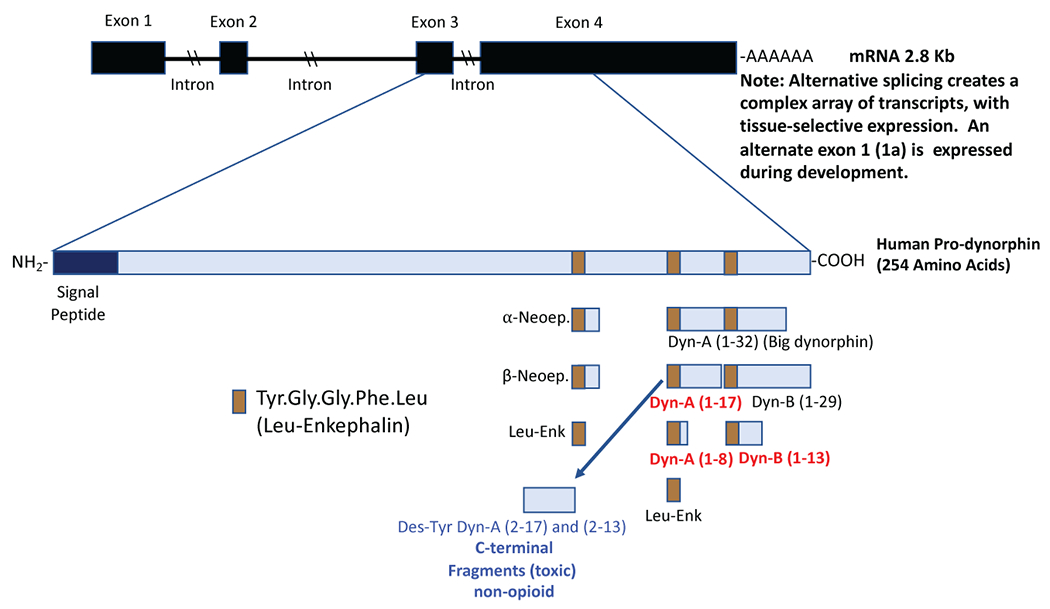Figure 1. Summary of post-translational PDYN products, changes in chronic pain and effects on nociception, and expression patterns.

A. Dynorphin peptides are up-regulated in chronic neuropathic and inflammatory pain models (marked in red). Spinal (intrathecal) administration of DYN peptides that produce acute antinociception include Dyn A (1-8), Dyn A (1-17), Dyn B (1-13). Spinal administration of DYN peptides, Dyn A (1-17), Dyn B (1-13), Dyn A (2-17), Dyn A (2-13), produces pain-like (allodynia and hyperalgesia) responses via activation of NMDA or bradykinin receptors. [Reviewed in (Podvin et al. 2016)]. Dyn A (2-17 or 2-13) have no activity at KORs.
